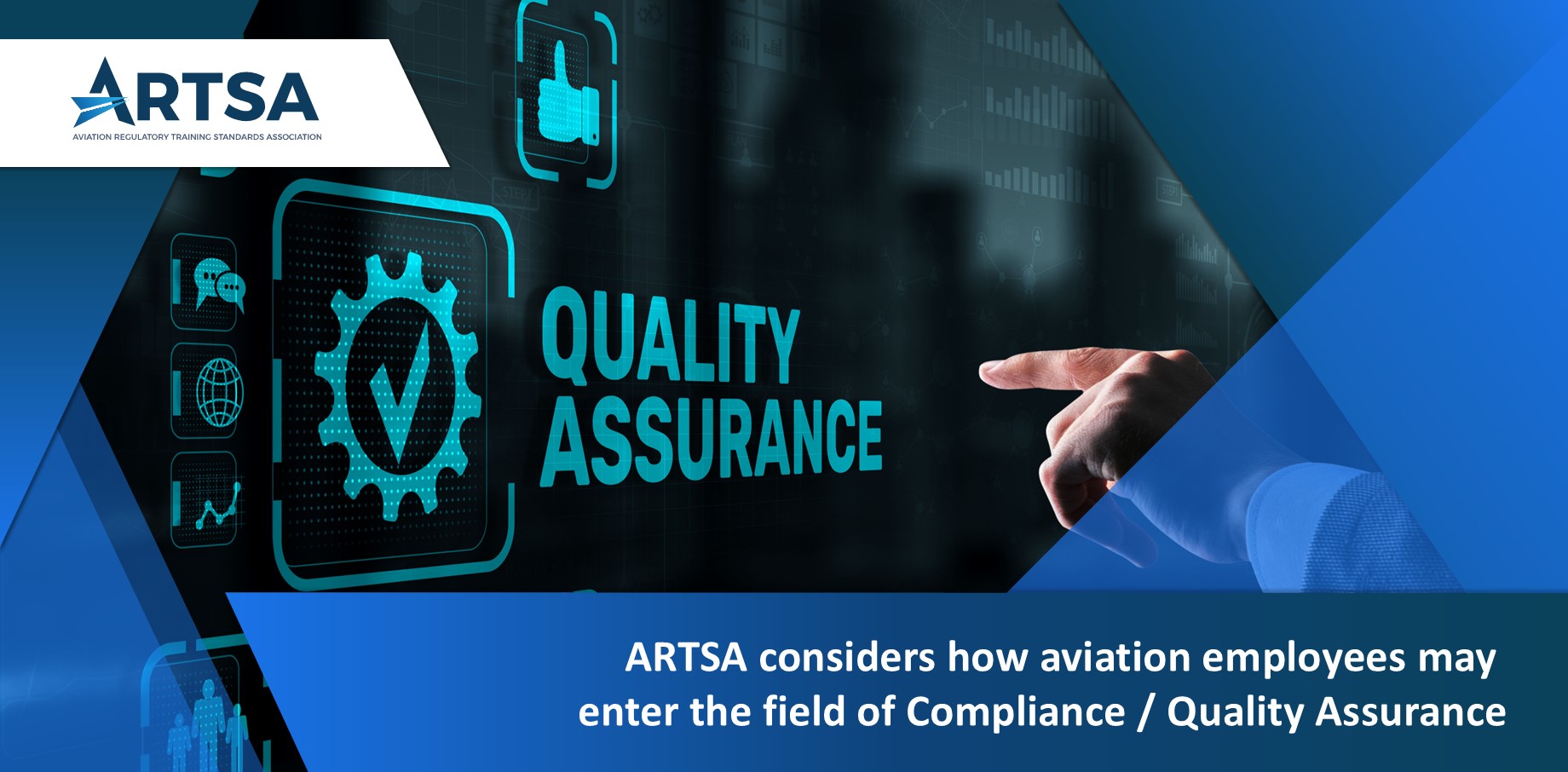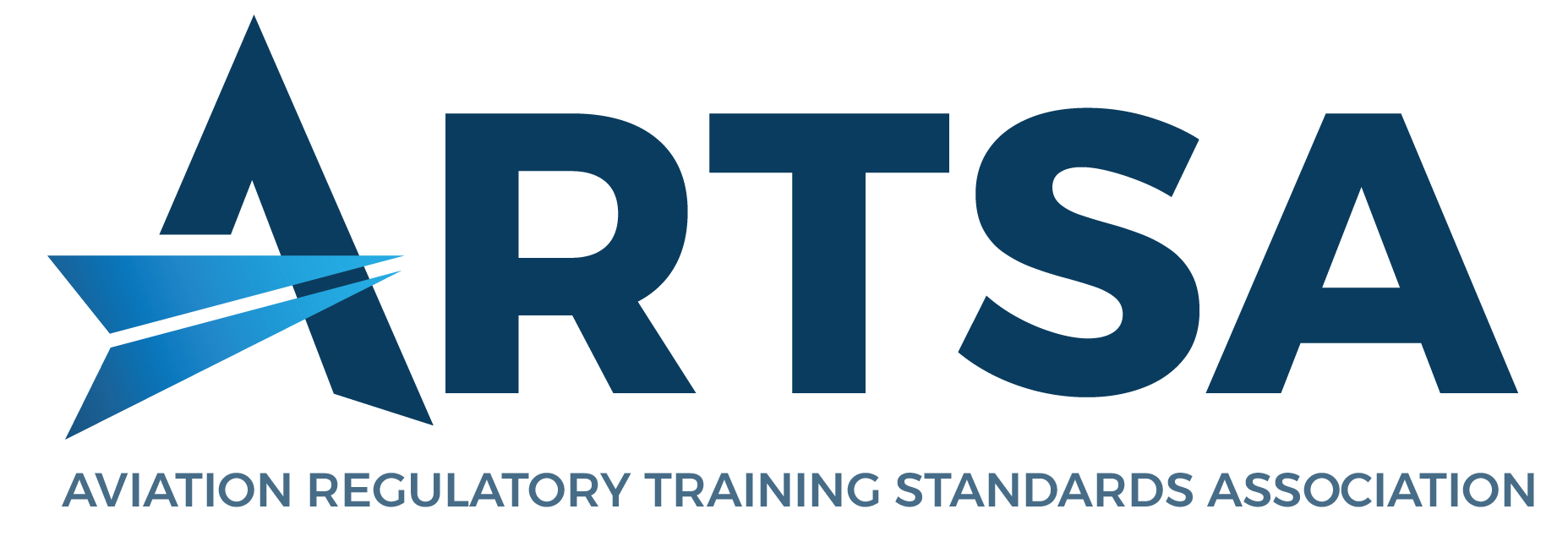
Transitioning to a QA or Compliance role doesn’t mean leaving operational experience behind – it means using it as a foundation for oversight, assurance, and continuous improvement.
With the right training, attitude, and mentorship, the move can significantly elevate your career in aviation safety and management.
ARTSA considers the process by which Aviation Professionals in multiple areas – operations – airports – CAMO – Maintenance :
- May enter the field of Compliance / Quality Assurance
- How to make the transition from worker to auditor
- Developing competence Training & best practices – where to look for training
Introduction
Transitioning from a hands-on aviation role, whether in operations, airports, CAMO, or maintenance, into a Compliance or Quality Assurance (QA)/Auditor role is a highly achievable and often natural progression.
This path is ideal for professionals who have developed a deep understanding of regulatory frameworks, procedural accuracy, and risk management, and who want to influence organizational safety and performance from a governance perspective.
Consider the following structured breakdown to guide that transition:
Understanding the Role of Compliance & QA
Before jumping in, it’s important to understand what the QA/Compliance function is all about:
-
- Compliance Monitoring ensures the organization meets regulatory, safety, and internal standards.
-
- Quality Assurance focuses on ensuring that procedures are consistently followed and continuously improved.
-
- Auditing is the key function—systematic, independent checks of organizational processes.
These roles are critical in supporting EASA/ICAO/FAA compliance and enhancing Safety Management Systems (SMS) and Continuous Improvement programs.
Career Pathways into Compliance & QA
From Operations / Airports:
-
- Leverage knowledge of procedures, safety, and passenger/aircraft flows.
-
- Move into SMS, Compliance Monitoring, or Safety Auditing roles.
From CAMO:
-
- Use familiarity with airworthiness reviews, records, and continuing airworthiness.
-
- Transition naturally into Compliance Monitoring Auditor or Airworthiness Review Staff (ARS) roles.
From Maintenance / Part 145:
-
- Apply deep knowledge of procedures, maintenance planning, and inspections.
-
- Step into Internal Auditor, Quality Inspector, or Certifying Staff QA positions.
Developing Competence – Key Skills & Knowledge Areas
Transitioning workers need to build both technical audit skills and soft skills:
Core Competencies:
-
- Understanding of applicable regulations (EASA, ICAO, FAA, GCAA, etc.)
-
- Familiarity with auditing standards (ISO 19011:2018 is key)
-
- Report writing and root cause analysis
-
- Risk-based audit planning and follow-up
-
- Interviewing and communication techniques
Soft Skills:
-
- Attention to detail
-
- Objectivity and independence
-
- Analytical thinking
-
- Confidence in dealing with senior stakeholders
Training Path – What & Where to Learn – Recommended Training Topics:
-
- EASA Quality & Compliance Monitoring Systems
-
- Root Cause Analysis (RCA) & Corrective Action Development
-
- Internal Auditor Training (EASA Part 145 / Part M / Part CAMO / Part 21 etc.)
-
- Safety Management Systems (SMS) – Integration with QA
-
- Human Factors & Organizational Safety
-
- ISO 9001 & ISO 19011 – Auditing Principles
Where to Find High-Quality Training:
-
- Sofema Online – Comprehensive, flexible online training, including:
-
- EASA Part 145 / CAMO Auditor
-
- Compliance Monitoring Systems (CMS)
-
- Quality Assurance Essentials
-
- Root Cause & Performance Auditing
-
- Sofema Online – Comprehensive, flexible online training, including:
-
- Sofema Aviation Services (Classroom / Webinar)
-
- IATA, ICAO Training
-
- National Aviation Authorities (e.g., UK CAA, GCAA, FAA Training)
Best Practices for Transitioning to QA Roles
Seek Management Support:
-
- Ask to shadow audits or support internal quality activities.
-
- Volunteer for SMS or RCA investigations.
Build a Competence Portfolio:
-
- Keep records of completed audits, training, and qualifications.
-
- Document on-the-job learning and feedback from audit mentors.
Mentoring & Networking:
-
- Engage with current QA staff or compliance managers.
-
- Join LinkedIn groups or professional networks like IS-BAO, SMS Pro, or local quality auditor communities.
